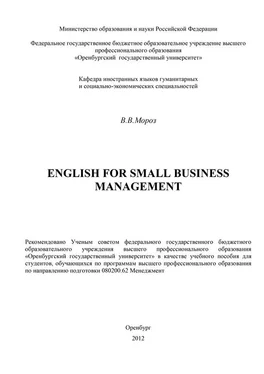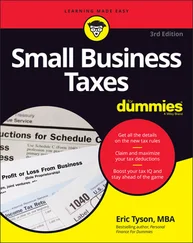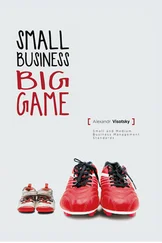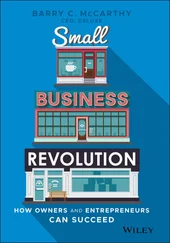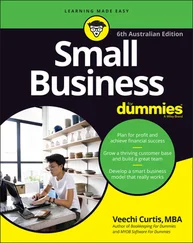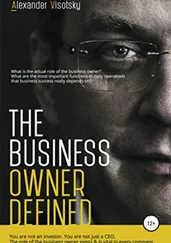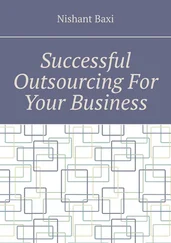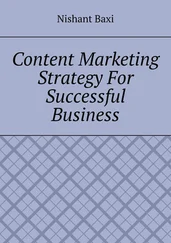1.4.18 Exercise 18.
Identify management practices that enable a family business to function effectively
– Good management practices are very important in a family business.
– Family members should be treated fairly and consistently in accordance with their ability and performance.
– Motivation of nonfamily employees can be enhanced by open communication and fairness.
– Family retreats bring all family members together to discuss business and family matters.
– Family councils provide a formal framework for the family's ongoing discussion of family and business issues.
1.5 Experiential exercises
1 Interview a student who has grown up in a family business about the way he or she may have been trained or educated, both formally and informally, for entry into the business. Prepare a brief report, relating your findings.
2 Interview another student who has grown up in a family business about parental attitudes toward his or her possible entry into the business. Submit a one-page report describing the extent of pressure on the student to enter the family business and the direct or indirect ways in which expectations have been communicated.
3 Identify a family business and prepare a brief report on its history, including its founding, family involvement, and any leadership changes that have occurred.
4 Read and report on a biography or history book pertaining to a family in business or a family business.
1.6 Exploring the Web
With the keyboard search capability of the Internet, browse information appearing under the caption "family business." Prepare a one-page report identifying the kinds of data available, and include references to at least two academic programs having home pages on the Web.
2 Unit 2. Customer Satisfaction – the Key Ingredient
2.1 Classwork
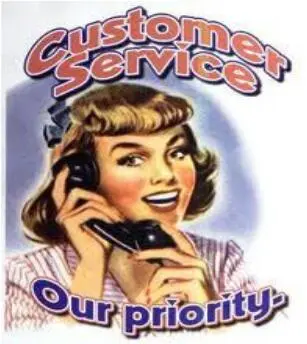
2.1.1 Exercise 1. Remember terms that you’ll come across in the text
competitive edge – конкурентное преимущество;
competitive advantage – конкурентное преимущество;
notch – незначительное изменение курса валют или цены;
customer – покупатель, заказчик, клиент;
consumer – потребитель;
dealer – торговец, дилер, торговый агент;
chief executive – руководитель высокого ранга;
competitor – конкурент;
checkbook – чековая книжка;
overdraft – кредит по текущему счету;
charge – цена, плата; расходы, издержки;
to refund – возвращать, возмещать (деньги, убытки)
Vocabulary Notes:
to split – делить, дробить, разбивать на части;
top-notch – (разг.) превосходный, первоклассный;
survey – обзор;
to reveal – открывать, показывать, обнаруживать;
to summarize – подводить итог;
to dismiss – отделываться от ч. – л.;
complaint – жалоба;
to vest authority – облекать полномочиями, властью;
at the expense of – за ч. – л. счет;
to prosper – процветать;
to implement – обеспечивать выполнение, осуществлять;
disgruntled – в плохом настроении, рассерженный, раздраженный;
to drop off – довести до, подбросить на машине.
2.1.2 Exercise 2. Read the text

customer satisfaction strategy –a marketing plan that emphasizes customer service
Customer service can provide a competitive edge for small firms regardless of the nature of the business. A customer satisfaction strategyis a marketing plan that has customer satisfaction as its goal. Such a strategy applies to consumer products and services as well as industrial products. Customer service should be the rule rather than the exception. The use of outstanding customer service to earn a competitive advantage is certainly not new. Longtime retailer Stanley Marcus, of Dallas-based Neiman-Marcus, is famous for his commitment to customer service. What is relatively new to small firms is the recognition that top-notch customer service is smart business.
A recent survey by Communication Briefings revealed that, in general, customers do not feel they get what they deserve. Responses to the question "How would you rate the quality of customer service you receive from most organizations you do business with?" are summarized as follows:
Excellent: 6 percent
Good: 45 percent
Fair: 43 percent
Poor: 5 percent

Here are some other findings of the study:
1 Over one-third of the respondents said the biggest customer service mistake was failing to make customers feel important.
2 Almost one-fourth of the respondents indicated that clerks are rude to the customers and management dismisses customer complaints.
3 Nearly one-half of the respondents said that in the past year they had ceased doing business with three or more businesses because of poor customer service.
What is the special significance of these statistics for small businesses? The answer is that small firms are potentially in a much better position to achieve customer satisfaction than are big businesses. Why? Ask yourself if the problems identified by the survey are more solvable within firms having fewer employees. For example, with fewer employees, a small firm can vest authority for dealing with complaints in each employee. On the other hand, a large business will usually charge a single individual or department with that responsibility.
Consider the following two firms' success with customer service tactics. Sewell Village Cadillac, a car dealer in Dallas, Texas, is famous for its customer service. Its owner, Carl Sewell, began the service journey in 1967 when Sewell Village was in third place among the three Dallas Cadillac dealers. Sewell "realized that most people didn't like doing business with car dealers. They looked forward to seeing us about as much as they did going to the dentist," he says. Therefore, he simply began asking customers what they didn't like about car dealers. Three points of major dissatisfaction were identified – service hours, being without a car during service, and repair done incorrectly. By responding to these concerns, Sewell Village Cadillac increased its customer satisfaction rating.
Another firm reaping the benefits of providing superior customer satisfaction is the Phelps Country Bank, headquartered in Rolla, Missouri. This little bank has prospered at the expense of its big competitors because of its chief executive Emma Lou Brent, who has developed a different kind of banking environment. The following are among the customer service strategies implemented by the bank's 55 employees:
– The lobby opens five minutes before 9:00 A.M. and closes five minutes after 3:00 P.M. — there are no disgruntled customers peering in and looking angrily at their watches.
Читать дальше
Конец ознакомительного отрывка
Купить книгу
